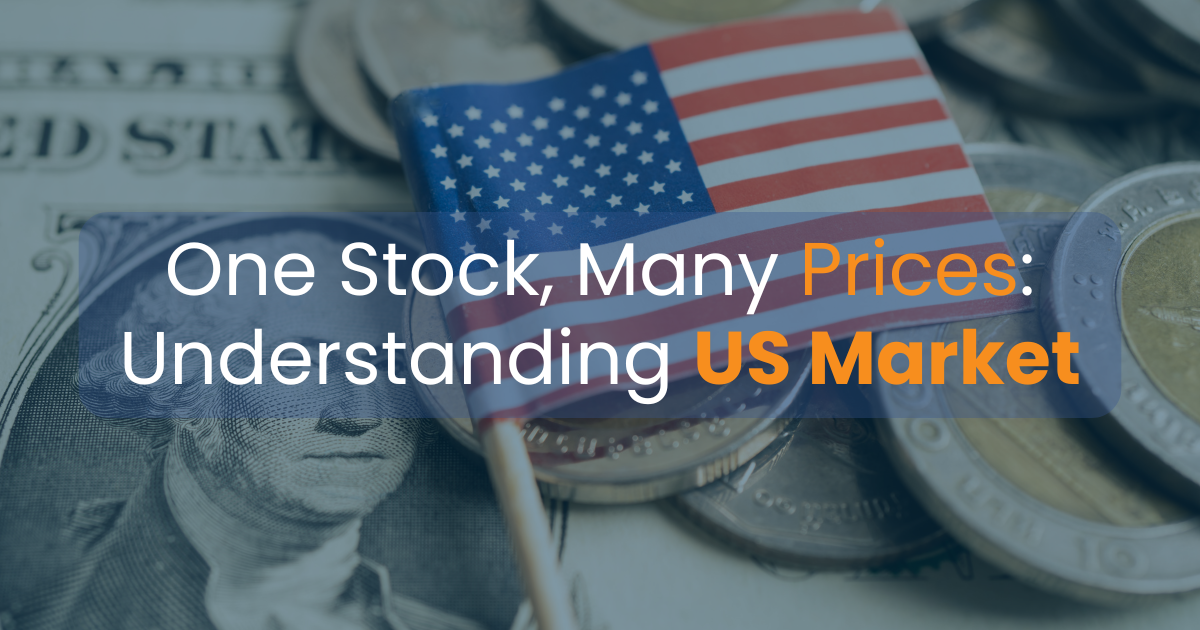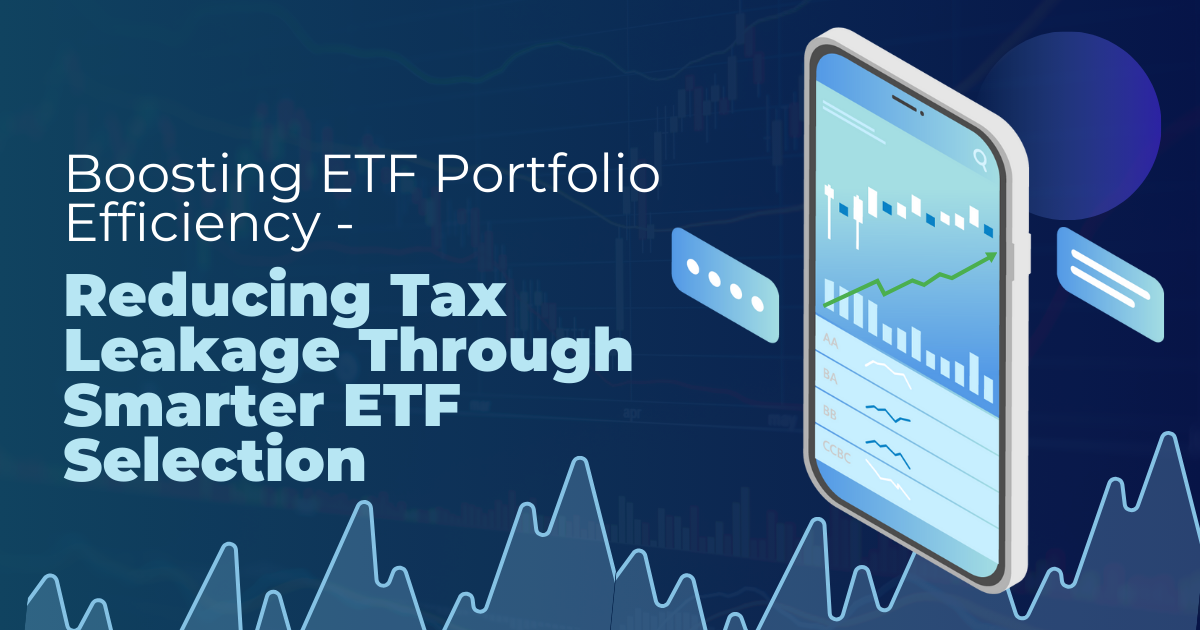Trading Platform
A trading platform is an application that enables a user to do trading in any financial instrument. Generally, these are provided via brokers or financial institutions. Also, several tools and features might be included with the purpose of trading in mind, such as keeping an eye on market data and keeping track of a portfolio. These offer everything from simple, intuitive interfaces to advanced analytics. They enable investors of all experience levels, from novice traders to seasoned professionals. A proper choice of a platform should be made in view of the degree of usability, fees, and, finally, specific features that may be needed to support the needs of trading.
Table of Contents
What is a Trading Platform?
A trading platform is any software application mainly used for trading financial instruments such as stocks, bonds, currencies, and derivatives. It allows one to set trades, monitor market data, and manage investment portfolios. Brokers or financial institutions usually provide trading platforms to their customers for electronic access to the financial markets.
Understanding Trading Platform
A trading platform acts as a bridge between investors and financial markets. It includes various features like real-time market data, charting tools, news feeds, and the ability to execute orders. These are designed to make it significantly easy for traders to operate in this complex world of financial markets.
Understanding Trading Platform
A trading platform acts as a bridge between investors and financial markets. It includes various features like real-time market data, charting tools, news feeds, and the ability to execute orders. These are designed to make it significantly easy for traders to operate in this complex world of financial markets.
Types of Trading Platforms
Trading platforms can broadly be classified into two categories, namely,
- Commercial Trading Platforms
Commercial trading platforms have been designed for retail investors and day traders. They boast an exhaustive list of features and tools and include the following:
- User-friendly interface
- Charts and technical indicators, which can be customised
- News and research tools
- Educational resources
- Demo accounts for honing your trading skills in a practice environment
Examples of commercial trading platforms include E*TRADE, TD Ameritrade, and Charles Schwab.
- Proprietary Trading Platforms
Proprietary trading platforms are tailor-made by financial institutions and brokers to execute their trading activities. These platforms precisely cater to the needs of professional traders and institutional investors. Proprietary trading platforms represent a set of the following advanced features:
- Direct market access
- Algorithmic trading
- High-frequency trading
- Institutional-quality market data and analytics
Examples include the Bloomberg Terminal, Reuters Eikon, and Refinitiv Workspace.
Features and Functionalities of Trading Platform
Trading platforms are a suite of functions and facilities that suit various traders’ needs. Standard features they share include the following:
- Order Entry and Execution: With trading platforms, users can enter multiple order types, such as market orders, limit orders, or stop-loss orders. Real-time order execution is also available, ensuring any trades will be matched at the best price. Market Data and Analysis
- Market Data: Trading platforms give traders access to current market data, quotes, charts, and news feeds. They provide technical analysis tools such as chart patterns, studies/indicators, and drawing tools.
- Portfolio Management: Investment portfolio management can be done using most trading platforms: track your position, calculate profit and loss, and report.
- Research and Education: Most of them have research and education facilities that enable traders to make better choices through analyst reports, economic calendars, educational articles, and many more.
- Mobile Access: Most trading platforms nowadays also have mobile applications, which clients can use to access their accounts and conduct on-the-go trades. However, the features available in mobile applications compared to those provided on desktops are usually limited.
Examples of Trading Platforms
Following is a list of some of the popular trading platforms:
- E*TRADE: E*TRADE is one of the principal online brokerage firms offering different trading platforms to investors. Its flagship platform, the Power E*TRADE, comprises a suite of advanced charting tools, options trading capabilities, and a mobile app.
- TD Ameritrade: TD Ameritrade offers several trading platforms, including Thinkorswim, to active traders. Thinkorswim provides a long list of features, including advanced charting, options trading tools, and a customisable interface.
- Charles Schwab: Charles Schwab offers an in-browser trading platform called StreetSmart Edge. This intuitive platform offers up-to-the-bid market data, customisable watch lists, and several order types.
- Interactive Brokers: Interactive Brokers is an international electronic brokerage that provides an advanced, proprietary trading platform known as Trader Workstation, or simply TWS. The TWS offers direct market access, algorithmic trading tools, and other advanced risk management features.
Conclusion
The trading platform is the basic gateway to trading in financial markets. It offers a bundle of features and functionalities necessary for rookies and seasoned players. When choosing a trading platform, one needs to factor in the aspects of usability, features provided, cost, and customer support. A correctly chosen and appropriately utilised trading platform provides an added advantage to traders in financial markets.
Frequently Asked Questions
Consider your trading style and investment goals
Look for an easy-to-navigate interface with all the features you will need
Compare the costs and fees of different platforms
Check the reputation and customer support of the platform
- Real-time market data
- Order entry and execution
- Charting and technical analysis tools
- Portfolio management features
- Research and education resources
- Mobile access
- Desktop platforms are feature and tool-rich
- Mobile platforms offer flexibility and mobility to trade on the go
- For the active trader, it will be a desktop platform; for the traders who need to keep themselves connected on the move, it will be a mobile platform.
Yes, commissions and account, data, inactivity, and platform fees may be included. It is essential to verify the fee structure of any trading platform before subscription.
- API access lets traders connect other software and tools to their trading platforms.
- It can be used under various automated trading strategies, data analysis, portfolio management, and reporting.
- API access is standard on more advanced trading platforms and, if available, may either be an additional service or come with a technical setup of the advanced features.
Related Terms
- Option Adjusted Spread (OAS)
- Beta Risk
- Bear Spread
- Execution Risk
- Exchange-Traded Notes
- Dark Pools
- Firm Order
- Covered Straddle
- Chart Patterns
- Candlestick Chart
- After-Hours Trading
- Speculative Trading
- Average Daily Trading Volume (ADTV)
- Swing trading
- Sector-Specific Basket
- Option Adjusted Spread (OAS)
- Beta Risk
- Bear Spread
- Execution Risk
- Exchange-Traded Notes
- Dark Pools
- Firm Order
- Covered Straddle
- Chart Patterns
- Candlestick Chart
- After-Hours Trading
- Speculative Trading
- Average Daily Trading Volume (ADTV)
- Swing trading
- Sector-Specific Basket
- Regional Basket
- Listing standards
- Proxy voting
- Block Trades
- Undеrmargin
- Buying Powеr
- Whipsaw
- Index CFD
- Initial Margin
- Risk Management
- Slippage
- Take-Profit Order
- Open Position
- Debit Balance
- Scalping
- Stop-Loss Order
- Cum dividend
- Board Lot
- Closed Trades
- Resistance level
- CFTC
- Open Contract
- Passive Management
- Spot price
- Trade Execution
- Spot Commodities
- Cash commodity
- Volume of trading
- Open order
- Bid-ask spread
- Economic calendar
- Secondary Market
- Subordinated Debt
- Basket Trade
- Notional Value
- Speculation
- Quiet period
- Purchasing power
- Interest rates
- Plan participant
- Performance appraisal
- Anaume pattern
- Commodities trading
- Interest rate risk
- Equity Trading
- Adverse Excursion
- Booked Orders
- Bracket Order
- Bullion
- Trading Indicators
- Grey market
- Intraday trading
- Futures trading
- Broker
- Head-fake trade
- Demat account
- Price priority
- Day trader
- Threshold securities
- Online trading
- Quantitative trading
- Blockchain
- Insider trading
- Equity Volume
- Downtrend
- Derivatives
Most Popular Terms
Other Terms
- Floating Dividend Rate
- Flight to Quality
- Real Return
- Protective Put
- Perpetual Bond
- Non-Diversifiable Risk
- Merger Arbitrage
- Liability-Driven Investment (LDI)
- Income Bonds
- Guaranteed Investment Contract (GIC)
- Flash Crash
- Equity Carve-Outs
- Cost of Equity
- Cost Basis
- Deferred Annuity
- Cash-on-Cash Return
- Earning Surprise
- Capital Adequacy Ratio (CAR)
- Bubble
- Asset Play
- Accrued Market Discount
- Ladder Strategy
- Junk Status
- Intrinsic Value of Stock
- Interest-Only Bonds (IO)
- Interest Coverage Ratio
- Inflation Hedge
- Industry Groups
- Incremental Yield
- Industrial Bonds
- Income Statement
- Holding Period Return
- Historical Volatility (HV)
- Hedge Effectiveness
- Flat Yield Curve
- Fallen Angel
- Exotic Options
- Event-Driven Strategy
- Eurodollar Bonds
- Enhanced Index Fund
- Embedded Options
- EBITDA Margin
- Dynamic Asset Allocation
- Dual-Currency Bond
- Downside Capture Ratio
- Dollar Rolls
- Dividend Declaration Date
- Dividend Capture Strategy
- Distribution Yield
- Depositary Receipts
Know More about
Tools/Educational Resources
Markets Offered by POEMS
Read the Latest Market Journal

Recognising Biases in Investing and Tips to Avoid Them
Common biases like overconfidence, herd mentality, and loss aversion influence both risk assessment and decision-making....

What is Money Dysmorphia and How to Overcome it?
Money dysmorphia happens when the way you feel about your finances doesn’t match the reality...

The Employer’s Guide to Domestic Helper Insurance
Domestic Helper insurance may appear to be just another compliance task for employers in Singapore,...

One Stock, Many Prices: Understanding US Markets
Why Isn’t My Order Filled at the Price I See? Have you ever set a...

Why Every Investor Should Understand Put Selling
Introduction Options trading can seem complicated at first, but it offers investors flexible strategies to...

Mastering Stop-Loss Placement: A Guide to Profitability in Forex Trading
Effective stop-loss placement is a cornerstone of prudent risk management in forex trading. It’s not...

Boosting ETF Portfolio Efficiency: Reducing Tax Leakage Through Smarter ETF Selection
Introduction: Why Tax Efficiency Matters in Global ETF Investing Diversification is the foundation of a...

How to Build a Diversified Global ETF Portfolio
Introduction: Why Diversification Is Essential in 2025 In our June edition article (https://www.poems.com.sg/market-journal/the-complete-etf-playbook-for-singapore-investors-from-beginner-to-advanced-strategies/), we introduced...









